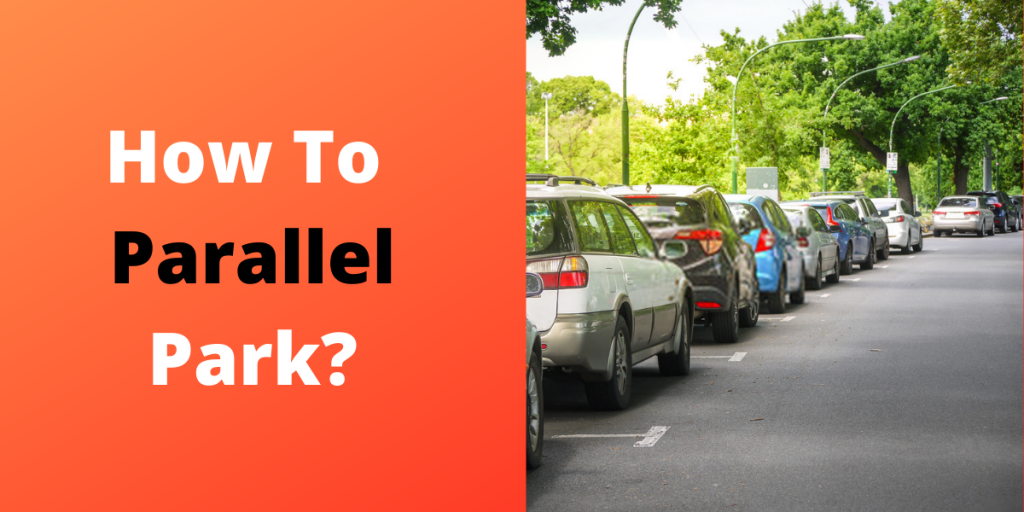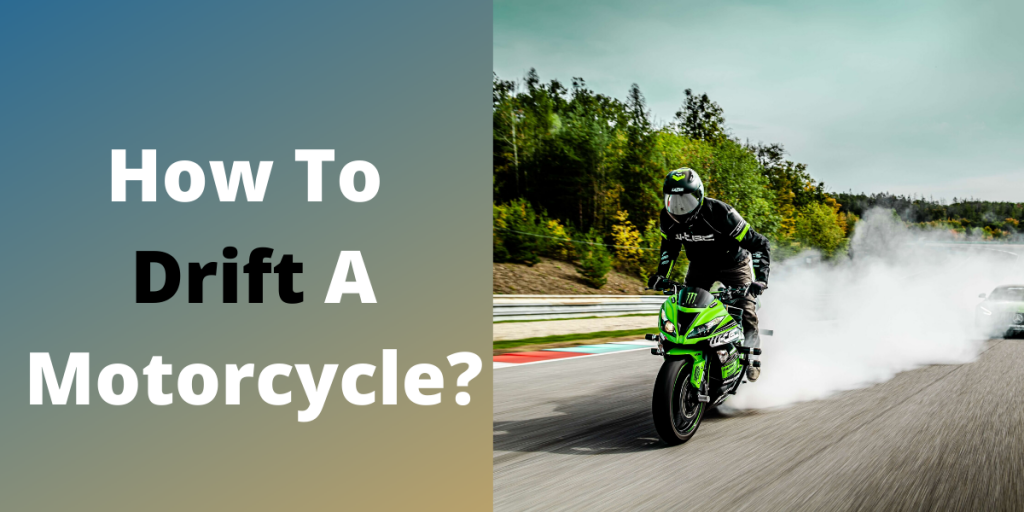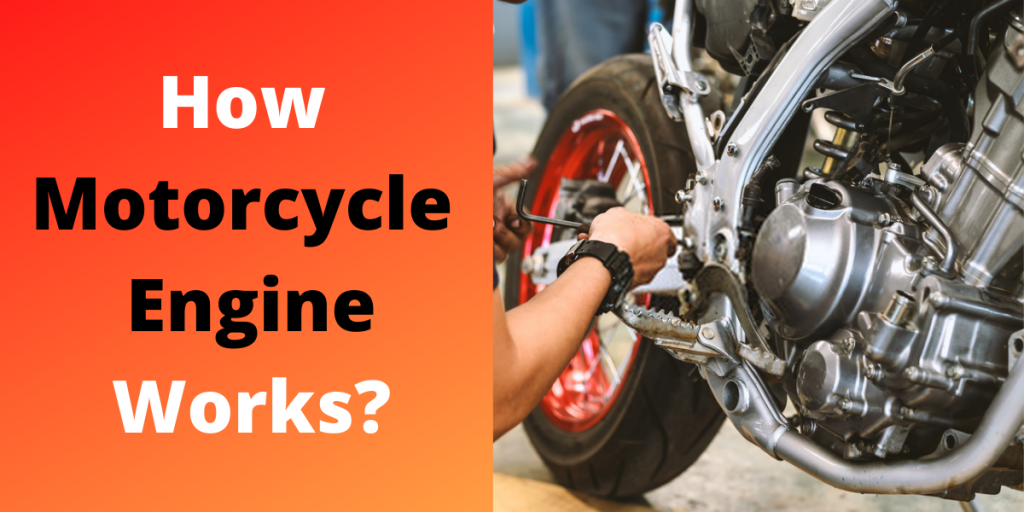According to experts, when riding a motorcycle, wearing a helmet is at least as important as wearing a seatbelt when driving a car. Both are vital measures to take to optimize safety in the event of an accident, but simply wearing a motorcycle helmet is not sufficient protection. To protect your head, you must wear a helmet that is the proper size and shape for your head.
Regardless of whether or not carrying a helmet is required in your state, statistics and common sense both recommend the use of a helmet whenever riding a motorcycle in any situation. According to the National Safety Council, “According to the NHTSA [National Highway Traffic Safety Administration], more than 25,000 lives have been saved since 2002 as a result of motorcycle helmet use. In 2017, 1,872 lives were saved as a result of this. In 2017, an extra 802 lives might have been spared if all motorcyclists had worn helmets, according to statistics.”
A helmet that is properly fitted is both safer and more pleasant to wear. During this session, we will walk you through the important stages to accurately identify your motorcycle helmet size, head shape, and fit so that you can purchase the right helmet.
How to Choose A Right Helmet
The processes involved in selecting the appropriate helmet are straightforward:
- Select the type of helmet you want.
- Determine the shape and size of your head.
- Put on the helmet and see how it feels.
- Make sure the helmet is a good fit.
- Wear the helmet for approximately 30 minutes.
- Does it still feel right? Go on a ride!
Select the type of helmet you want.
Motorcycle riders have never had such a wide variety of helmet options before. While it is wonderful to have so many alternatives, it may be difficult to narrow down the choices to the right ones. I’m not sure where to begin. The following are the five most common styles and types of helmets that you should be familiar with before making your final decision:
- The open-face helmet is the first option since it is the least restricting and least protective. Because the helmet’s shell does not protect the rider’s chin or face, open face helmets allow for a tremendous amount of airflow, thus the name. These helmets are most commonly seen on riders of cruisers, retros, and classic motorcycles, among other things.
- The full-face helmet, on the other hand, completely encircles the rider’s head and neck. A face shield protects the rider’s nose and eyes, while a chin bar, which is an extension of the shell, protects the bottom of the rider’s face from the elements. Full-face helmets are prevalent among riders of all types of street motorcycles.
- Module helmets are a type of full-face helmet that is a subset of the full-face helmet category. They include a hinged system that allows the rider to quickly transform their full-face helmet into an open-face helmet by pressing a release button on the chin bar and facing shield. Modulars are particularly popular with tourists and commuters who are on the road for extended periods.
- If your rides take you both on and off-road, you might consider investing in an ADV, or adventure, motorcycle helmet. ADV riders frequently shift from the street to the trail in a single ride. Thus their helmets must-have elements that are useful in both disciplines to be effective. On the street, an ADV helmet provides a face shield as well as a safety rating that is compliant with local regulations. Riders that ride dual-sport and adventure motorcycles are the most likely to use ADV helmets.
- Finally, there is the dirt helmet, which is designed specifically for off-road riding. Besides providing ample airflow, dirt helmets include a high peak to keep the roost out of the rider’s eyes. They are designed to be used in conjunction with goggles. A dirt helmet is intended for off-road riding only; thus, if you intend to ride on the street, it is advised that you get a different type of headgear.
Determine the shape and size of your head.
After choosing the right category of the helmet, it’s time for you to determine the shape and size of your head. People usually fall into one of three head shapes: the long oval, the middle oval, or the round oval, depending on their height. Obtain a snapshot of your head taken from above by someone you trust to find out what you have. Reduce the amount of volume in your hair as much as possible since it might distort the contour of your head.
Find out what size helmet you need. Because we don’t utilize head size as frequently as other measurements such as waist size, shirt size, or shoe size in our everyday lives, most people find helmet sizing to be a little odd. However, it is not difficult to find out what has happened. As your buddy, have him or her measure the circumference of your head using a gentle tape measure. The tape should be applied over your brows and around the back of your head, encompassing the largest area of your skull.
Compare your results to the size chart for the helmet you’re interested in to discover which size you’ll need to order.
Put on the helmet and see how it feels.
So you’ve determined the kind of helmet you’d want, as well as your head dimensions and profile, and now what? It should help you limit down your search to a small number of helmets that will work. It’s time to place your purchase! Immediately after receiving the helmet, put it on, keeping in mind that you may need to grip the straps and spread them apart in order for the helmet to fit over your head properly. It is not the intention of helmets to be pleasant when your head is traveling through the padding. You may need to modify your hearing as well. The fact that you have to adjust your socks once you put on your shoes is quite natural. With the helmet in place, the emphasis should be on proper fitting.
Make sure the helmet is a good fit.
After trying out the helmet, it’s time for you to check how you feel after wearing it. Check if you are feeling any discomfort so that you can try another helmet. If you ordered a helmet that was unwearable after completing the instructions outlined above, you might consider rechecking your size and form estimations. If you measured correctly, examined the size chart, and paid attention to the product description/video, you shouldn’t be too far off the target.
If the helmet is properly fitted, you should be able to feel the cushions on the inside of your cheeks. They will be pushed up a little, giving them the appearance of “chipmunk cheeks.” After that, take hold of the chin bar and move it around. It should be your cheeks that move, not the helmet. Suppose it’s sliding, at the very least, moving down a size. Even if the helmet is a bit on the tight side, bear in mind that most helmet liners break in between 15 and 20 percent within the first 15 to 20 hours of riding.
Wear the helmet for approximately 30 minutes.
Continue to wear the helmet for 15 to 30 minutes. Simply sit and relax, perhaps with a favorite television show on. You’re hunting for pressure points, and you’ve found them. Tightness is acceptable, but if you feel as if you need to remove the helmet in order to relieve the discomfort, it is not the helmet you should be wearing. The two most prevalent locations for discomfort are just above the temples and directly above the forehead. You should try something different if you have a large red line across your forehead after removing the helmet. That helmet does not have a long enough oval shape. It means the helmet isn’t round enough for you if you can feel it pinching your temples.
Does it still feel, right? Go on a ride!
Wearing a helmet will simply not be as comfortable as simply lounging about your house without one on your shoulders. Having said that, you should be able to tolerate wearing the helmet for a half-hour at a time without feeling uncomfortable. It’s important to spend time in the helmet to go through the 15-20 hours of the break-in period. In time, the helmet will shape itself to your head, providing an even better fit. Take pleasure with your new helmet!
What Is the Difference Between DOT and ECE? DOT Motorcycle Helmet Safety Regulations
There are many different types of certifications available, including DOT certification (safety standard issued by the United States Department of Transportation) and Snell certification (safety standard issued by the independent/private Snell Memorial Foundation). There are also ECE (European safety standard), JIS (Japanese safety standard), and others intended to meet other countries’ requirements.
When an accident occurs, MIPS (Multi-directional Impact Protection System) protects the rider’s head by providing a low-friction layer between the liners that enables the rider’s head to slide 10–15mm in any direction, potentially reducing the likelihood of damage.
Frequently Asked Questions:
Q1: When I ride, I always have my glasses or sunglasses on. Is it any different in terms of what helmet I order?
Ans: Most likely not! The majority of helmets these days feature some provision for wearing eyeglasses. If you ride with glasses, be sure you put them on before you test fit. If everything fits flawlessly except your spectacles, don’t go up a size to compensate. Examine another type of helmet, a different set of glasses, or a different pair of contacts. If you only need the sunglasses to block the sun, a drop-down sun shield could be a better option for you.
Q2: I can’t even fit my head into the helmet, despite the fact that it is marked as my size on the chart! What should I do in this situation?
Ans: That may be your real size. Depending on the helmet, some have more or less neckroll cushioning than others. Holding the helmet by the two straps with your thumbs pushing the straps against the helmet is the proper way to wear it. Experiment with pulling the helmet over your head by gently spreading the opening of the helmet. It is not necessary to force anything that does not fit. Stop and try on the next larger size.
Q3: Is the size of the helmet the same as the size of the hat?
Ans: Based on hat size, a helmet measuring 57–58 cm corresponds to a size 7 1/8–7 14% on the head. Helmets in size range from 55 to 56 cm, or 21 5/8 – 22 inches in circumference. If you’re talking about helmet sizes, a tiny helmet is a size 6 7/8–7.
Q4: How does it feel when your helmet is too big?
Ans: Always remember that if your helmet is too large, many things may happen: it will slide around and up and down on your head when you least expect it to; it can be noisy and allow in the wind; and, worst of all, it may come off in a collision! The face shield or helmet should not come into contact with your nose or chin.
Q5: What is the ideal fit for a full-face helmet?
Ans: As you wear a properly fitting full-face helmet, it should feel snug against your head and should not slide back and forth or side to side when your head moves. It is possible to tell if a helmet is properly fitting you because when you put the helmet on, the front of the helmet should not be more than an inch over your eyebrows.



